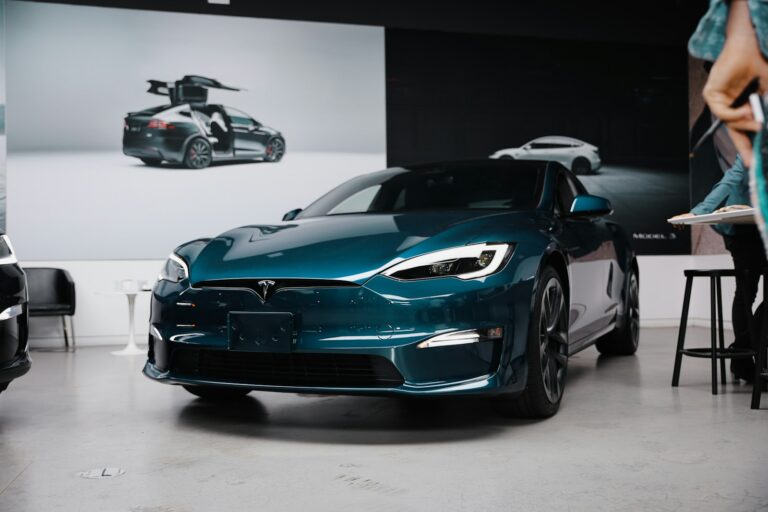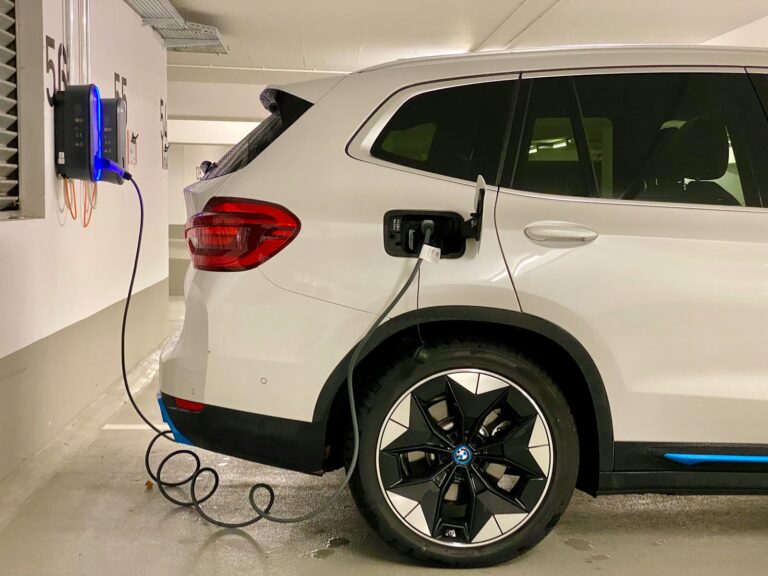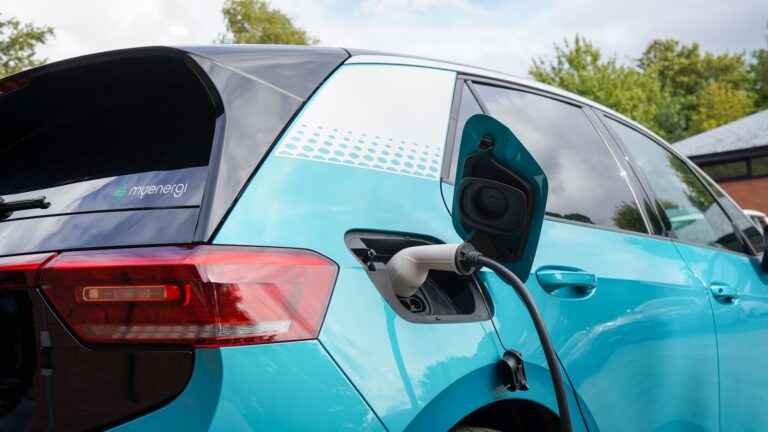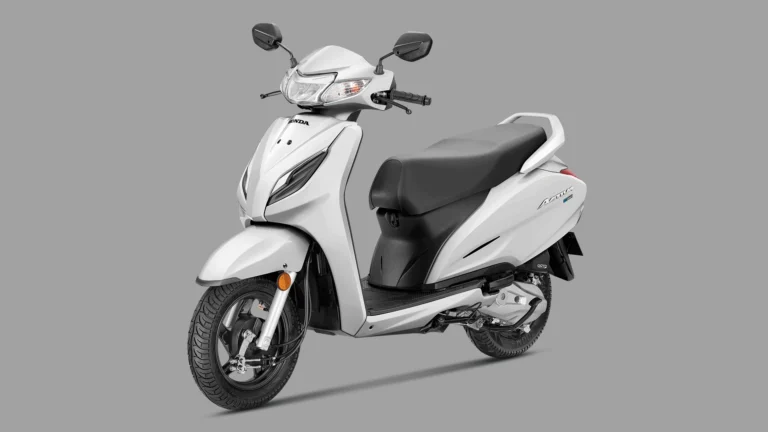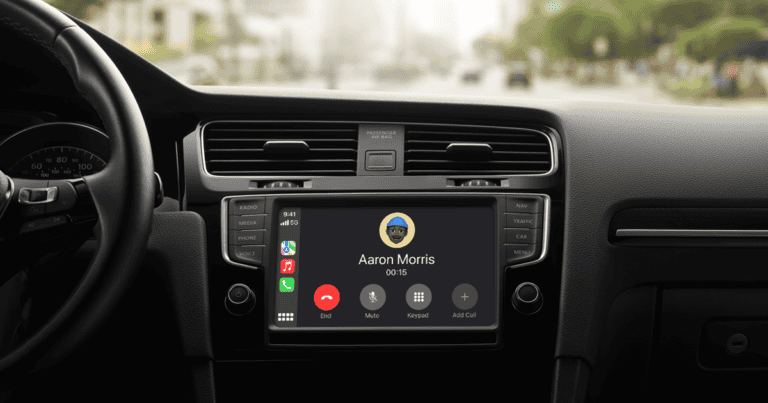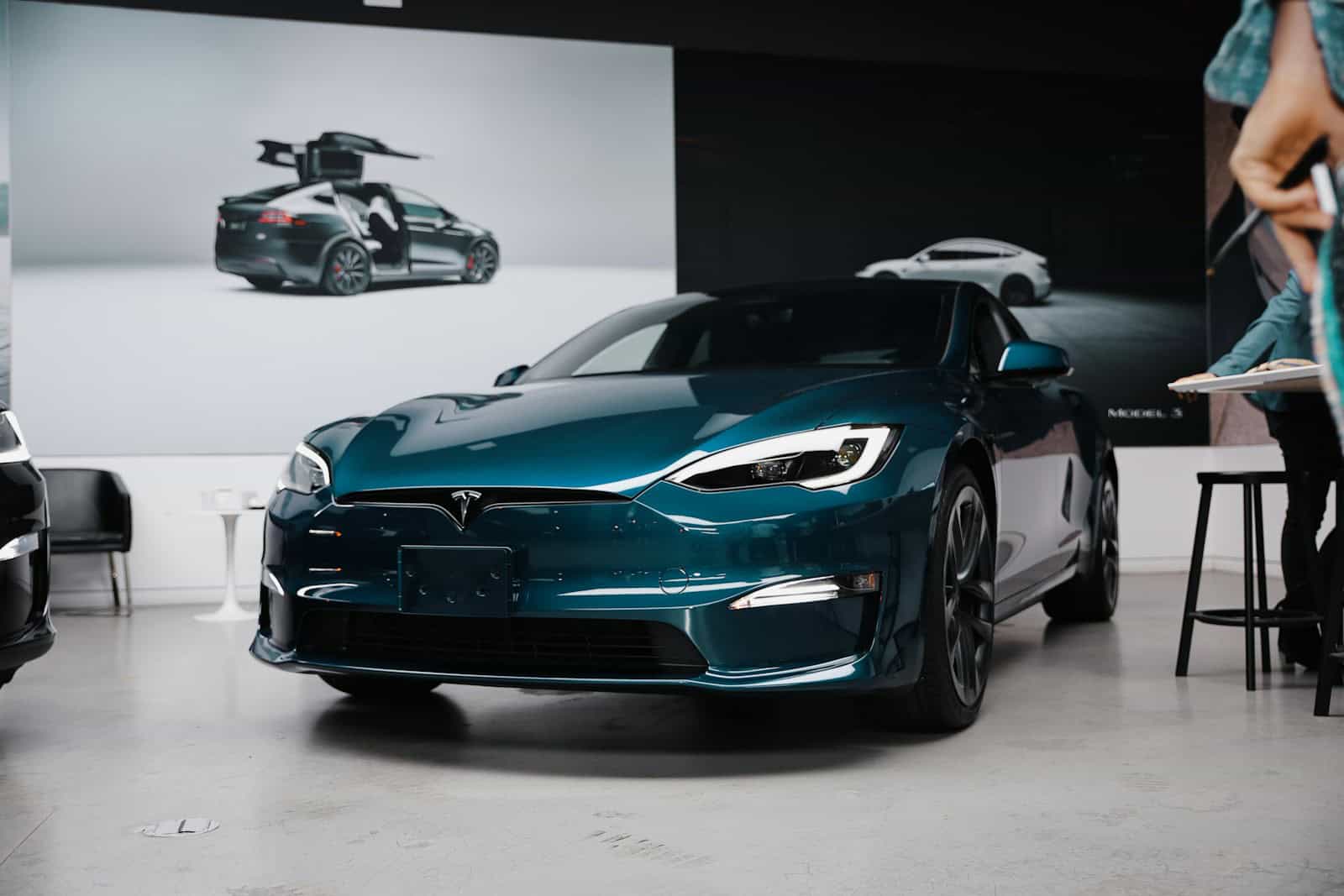
Tesla is gearing up to breathe new life into its flagship vehicles, the Model S and Model X, with significant updates planned for late 2024, setting the stage for a stronger 2025 lineup. Confirmed by Tesla’s Vice President of Engineering, Lars Moravy, this upcoming refresh aims to not only modernize the luxury EVs but also reinvigorate sales that have seen notable declines in recent years.
Why Tesla’s Flagship Models Need a Reboot
Sales figures highlight the urgency of this move. In 2023, U.S. sales of the Model S plummeted by 31.2%, while the Model X saw a 19.8% drop. Once the crown jewels of Tesla’s lineup, these premium models have struggled to maintain momentum against rising competition in the luxury electric vehicle market from brands like Lucid Motors, Rivian, Mercedes-Benz, and BMW’s i-Series. In contrast, Tesla’s mass-market offerings—the Model 3 and Model Y—continue to dominate global EV sales, making the underperformance of the S and X all the more glaring.

What’s Coming in the 2025 Refresh?
While Tesla has remained tight-lipped about specific details, industry insiders and recent design trends suggest the refresh will include both aesthetic and technological upgrades aimed at aligning the Model S and X with newer Tesla models like the updated Model 3 “Highland” and the revamped Model Y.
Key Upgrades Likely to Make the Cut:
- Exterior Refinements: Expect redesigned front and rear fascias, sleeker lighting signatures, and improved aerodynamics. These changes will modernize the vehicle’s appearance while enhancing efficiency—an area where rivals have made notable strides.
- Interior Innovations: Borrowing from the minimalist aesthetic seen in newer Teslas, the cabins are expected to receive enhanced ambient lighting, new materials, and an updated user interface. The controversial yoke steering wheel could be reimagined or supplemented with a more conventional option based on mixed consumer feedback.
- Performance & Tech Enhancements:
- 48V Low-Voltage Architecture: Already featured in Tesla’s Cybertruck, this system reduces weight and improves energy efficiency.
- Steer-by-Wire Technology: A game-changer for handling and customization, enabling drivers to adjust steering sensitivity.
- Hardware 4.0: Tesla’s latest Full Self-Driving (FSD) computer is expected to be integrated, offering improved AI capabilities and enhanced safety features.
- Range & Charging Improvements: With growing competition boasting longer ranges and faster charging speeds, Tesla is likely to push battery improvements that edge closer to the 450–500-mile range mark.
Production Updates at Fremont
The Fremont factory’s GA1 production lines are undergoing extensive upgrades to accommodate these changes, signaling Tesla’s commitment to its luxury segment. This is the first major overhaul for the Model S and Model X since their 2021 refresh, which introduced the Plaid variant but left core design elements largely unchanged.
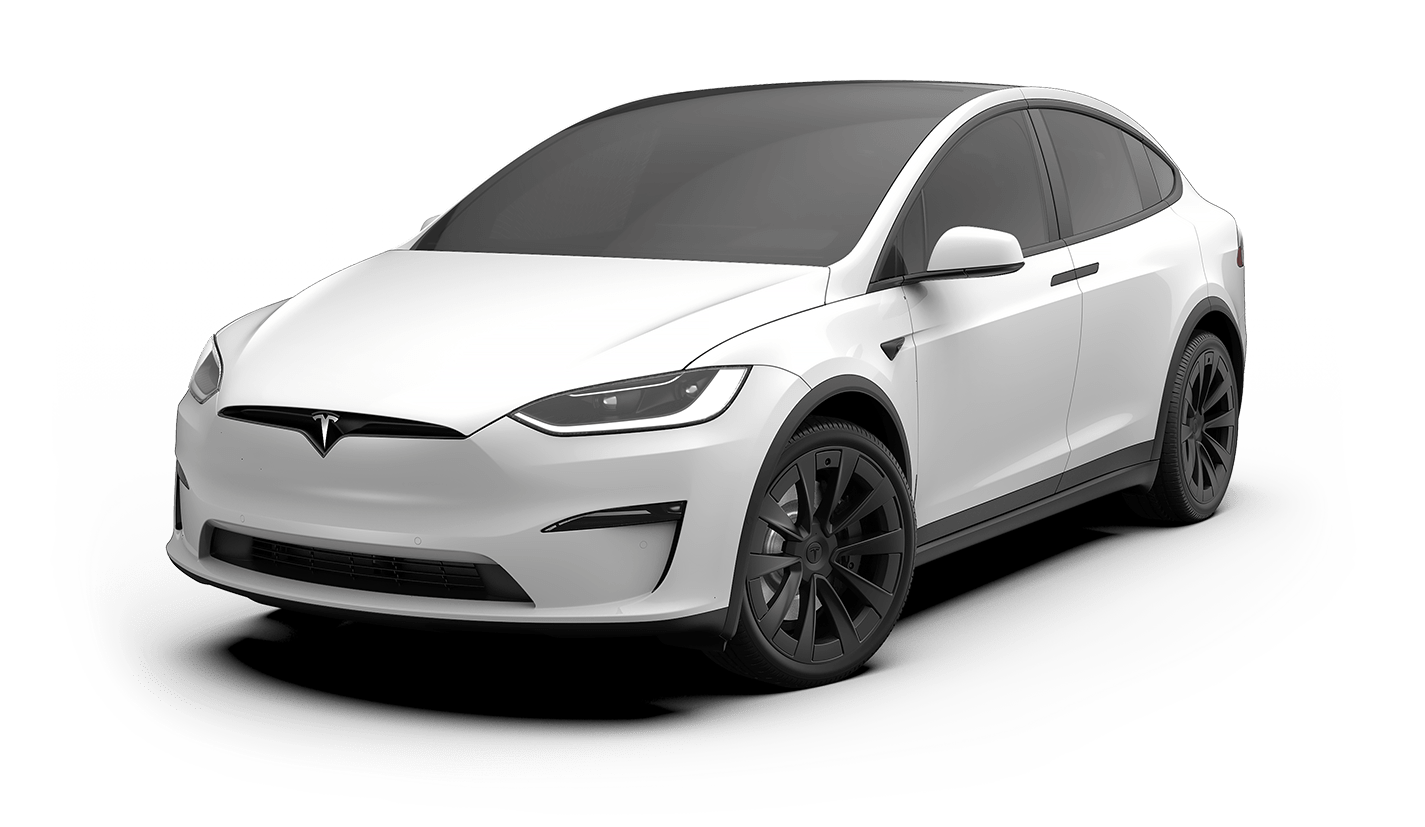
Why This Matters for the EV Market
This refresh isn’t just about aesthetics or specs; it’s Tesla’s strategic move to reassert dominance in the premium EV space. With the Model S and X no longer being the tech showpieces they once were, the updates aim to bring them back into the limelight amid increasing pressure from luxury EV startups and established automakers.
For potential buyers, the refreshed Model S and X could offer a blend of luxury, cutting-edge technology, and performance that competes not just with other EVs but with high-end combustion-engine vehicles still holding market share.
As Tesla gears up for this launch, it’s clear the company isn’t ready to let its flagship models fade into the background. Instead, it’s betting on innovation and refinement to reignite excitement—and sales—in its premium lineup.
Key Takeaways
- Tesla will launch completely refreshed versions of the Model S and Model X in 2025
- The updates come after significant sales declines for both premium models
- Production lines at Tesla’s Fremont factory are being modified to accommodate the new versions
Anticipated Enhancements to Model S and Model X
Tesla’s upcoming refresh aims to modernize its flagship vehicles with significant upgrades to design, charging capabilities, and autonomous driving features. The changes target improved efficiency and performance across multiple vehicle systems.
Design and Engineering Innovations
The refreshed Model S and Model X are expected to receive exterior updates with refined aerodynamics and new lighting elements. Tesla VP Lars Moravy’s team has focused on reducing drag coefficients while maintaining the vehicles’ distinctive profiles.
New ambient lighting systems will enhance the cabin atmosphere. The interior updates may include revised materials and textures for seats and trim pieces.
The engineering team has prioritized weight reduction through advanced materials and manufacturing processes. These changes should improve range and handling characteristics.
High-Voltage Architecture and Charging
Tesla plans to implement an upgraded high-voltage system in both vehicles. The new architecture supports faster charging speeds at Supercharger stations.
The battery management system receives optimization for more efficient power delivery and improved thermal management. These updates extend battery life while maintaining consistent performance.
Engineers have refined the power distribution system to reduce energy losses. The improvements target better range efficiency in cold weather conditions.
Advanced Autopilot and Steering Technologies
A new steer-by-wire system replaces traditional mechanical steering components. This technology enables more precise control and better feedback to drivers.
Rear-wheel steering capabilities get enhanced programming for improved low-speed maneuverability. The system allows tighter turning radiuses in parking situations.
The Tesla app interface receives updates to support new vehicle functions. Drivers can access more detailed vehicle controls and status information remotely.
New Autopilot hardware includes upgraded processors and sensors. These components enable more sophisticated autonomous driving features through regular software updates.
Comparative Analysis With Rival Brands
Tesla’s Model S faces mounting competition from established luxury automakers and new EV startups entering the premium electric sedan market in 2025.
Positioning Among Premium Electric Vehicles
The Model S remains a benchmark in the luxury EV segment, with prices ranging from $80,000 to $95,000. This positions it directly against the Mercedes-Benz EQS, BMW i7, and Lucid Air.
The Lucid Air offers superior range figures compared to the Model S, exceeding Tesla’s numbers by 10-15% in comparable trim levels.
Mercedes-Benz EQS emphasizes interior luxury and build quality, while BMW i7 focuses on driving dynamics and advanced autonomous features to differentiate from Tesla’s tech-first approach.
Competitive Features Against Contenders
The Model S maintains advantages in charging infrastructure through Tesla’s Supercharger network, which provides more reliable and widespread fast-charging compared to other networks.
Audi’s e-tron GT and Porsche Taycan share a platform and challenge Tesla’s performance credentials, achieving 0-60 times within 0.3 seconds of Model S Plaid.
Key competitive features by brand:
- Tesla: Leading software, OTA updates, Autopilot
- Mercedes: Superior cabin materials, ride comfort
- BMW: Advanced driver assistance, rear-seat luxury
- Lucid: Best-in-class range, faster charging speeds
The Volvo EX90’s entry at $80,000 signals increased competition in the premium EV space, with manufacturers matching Tesla’s pricing strategy.
Market Impact and Tesla’s Strategic Direction
Tesla’s refresh of its premium vehicle lines signals a significant shift in product strategy and market positioning for 2025. The updates aim to strengthen Tesla’s competitive advantage in the luxury electric vehicle segment.
Sales Projections and Consumer Trends
Tesla’s Model S and Model X sales have declined in recent quarters, making up less than 5% of the company’s total deliveries. The planned refresh could revitalize these premium product lines.
The updated models will enter a market where luxury EV competition has intensified from brands like Lucid, Mercedes, and BMW.
Analysts predict the refresh could boost Model S and X sales by 15-20% in the first year. Current owners show strong brand loyalty, with 80% indicating interest in upgrading to refreshed models.
Innovation Cycle and Future Roadmap
The Model S and X updates integrate Tesla’s latest battery and autonomous driving technologies. These improvements align with Tesla’s goal to maintain technological leadership in the EV market.
Key features expected in the refresh:
- Enhanced battery range
- Updated interior displays
- Improved Autopilot capabilities
- Refined exterior styling
The timing of this refresh matches Tesla’s typical 4-year product cycle. This update positions these premium vehicles alongside the high-volume Model 3 and Model Y, which remain Tesla’s primary revenue drivers.
Production of the refreshed models will start at Tesla’s Fremont factory in Q3 2025. The company aims to maintain premium pricing while adding competitive features.
Frequently Asked Questions
Tesla’s upcoming Model S and Model X refresh brings significant changes to electrical systems, performance capabilities, and technological features in late 2025.
What updates are anticipated for the Tesla Model S in the upcoming refresh?
The Model S will receive a new 48-volt electrical architecture to reduce weight and improve efficiency.
The updated electrical system promises enhanced power distribution throughout the vehicle.
Tesla plans structural improvements at their Fremont factory’s GA1 production lines to accommodate these changes.
When can we expect the release of the refreshed Model X by Tesla?
The refreshed Model X is scheduled for release in late 2025.
Production line modifications at Tesla’s Fremont facility are already underway to prepare for the launch.
Which new features will the refreshed Tesla Model S and Model X include?
The vehicles will feature an upgraded electrical architecture, moving from the current system to a more advanced 48-volt setup.
The refresh may introduce new battery technologies and improved power management systems.
How often does Tesla typically update its vehicle models?
Tesla implements minor updates continuously through over-the-air software updates.
Major refreshes occur approximately every 4-5 years, with the last significant update for the Model S and X happening in 2021.
What impact will the Model S and Model X refresh have on Tesla’s pricing strategy?
Tesla has not announced pricing changes for the refreshed models.
The integration of new technologies and electrical architecture may affect production costs.
Are any performance improvements projected for the updated Tesla Model S and Model X?
The new 48-volt electrical system should provide better power efficiency and reduced vehicle weight.
These improvements could lead to enhanced acceleration and range capabilities.
The updated electrical architecture may also support faster charging speeds.

